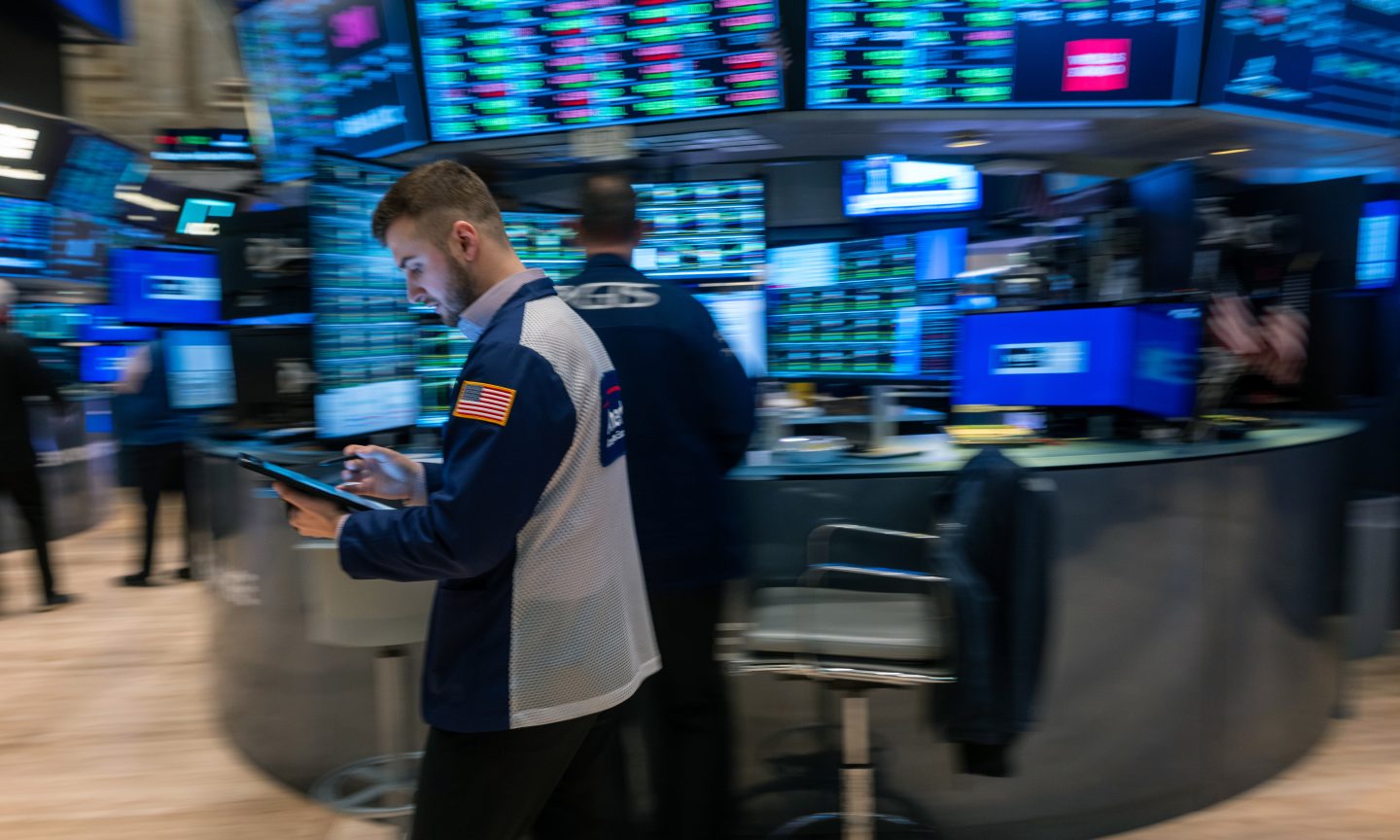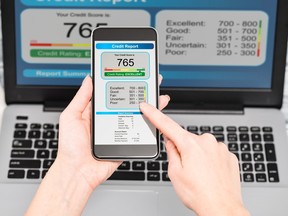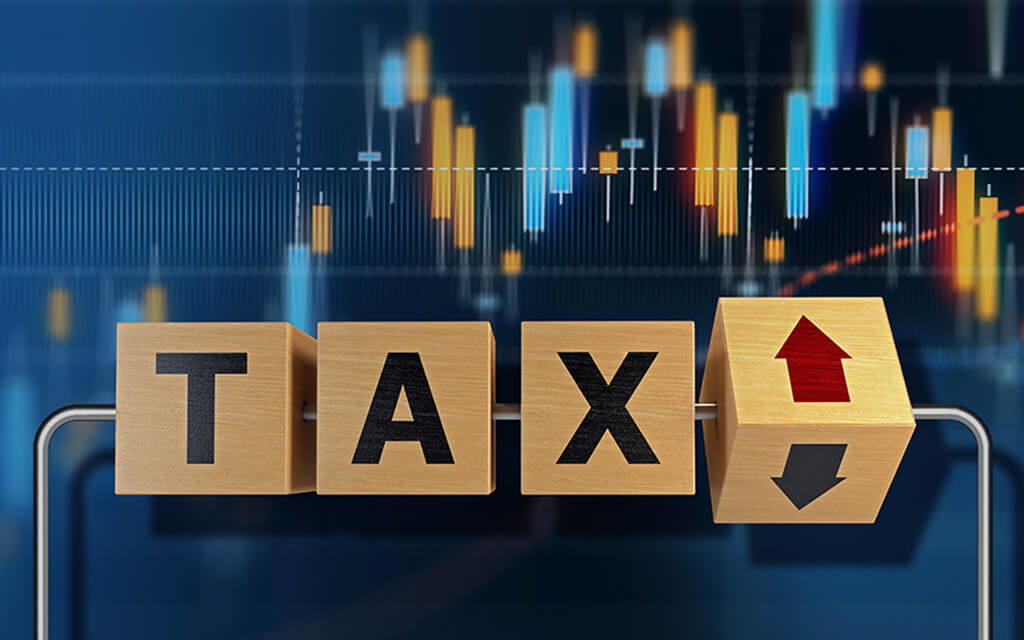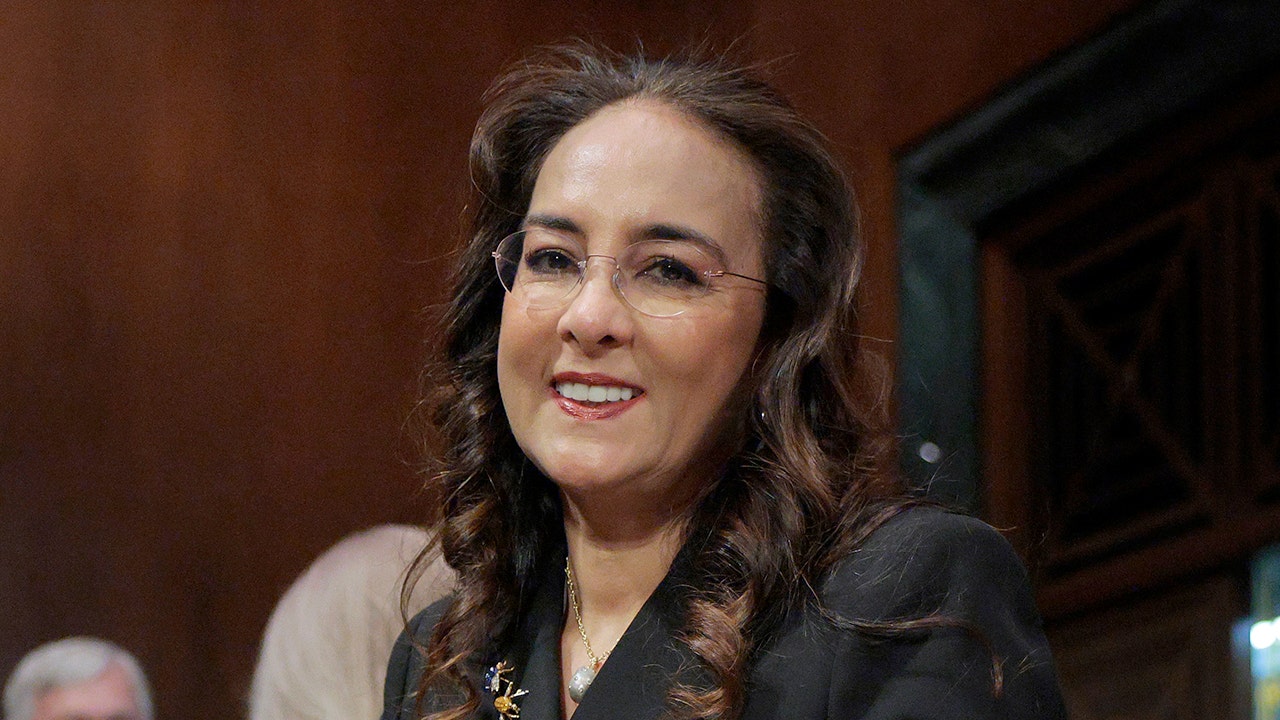The state of the U.S. economy is strong despite inflation remaining elevated. The economy is expanding at a crisp pace, unemployment is low, inflation is slowing from its peak. The Federal Reserve looks at several economic indicators — along with the stock market — to form a better picture of the economy and make decisions on interest rates.
Is the U.S. economy growing?
The U.S. economy has shown steady growth since it dropped to unprecedented levels during the second quarter of 2020 due to the pandemic — and then rebounded almost as quickly. A year later, in the second quarter of 2021, the rate of annual growth hit a high not seen since the 1950s.
Gross Domestic Product (GDP) is the market value — in current dollars — of all goods and services produced within the United States in a given period. The data that shows GDP adjusted for inflation is called Real GDP. All GDP changes are expressed on an annualized basis and reports are released quarterly by the Bureau of Economic Analysis.
What is the U.S. unemployment rate?
February unemployment rate: 3.9%
The U.S. unemployment rate is the share of unemployed people as a percentage of the overall labor force. Unemployed people are those who are actively seeking work. The labor force doesn’t include the entire population; it’s just the number of people who are employed plus those who are unemployed but looking for jobs.
The unemployment rate has remained low and steady since December 2021. During this period it has fluctuated between 3.4% and 3.9%.
Is inflation going down?
Inflation measures the rate of price increases, on an annual basis. The Federal Reserve is targeting a 2% inflation rate.
Consumer price index (CPI)
The current inflation rate is typically a reflection of the consumer price index (CPI), which is released monthly by the Bureau of Labor Statistics. The CPI measures changes in prices that consumers pay for goods and services including food, gas and rent. The core measure of the consumer price index excludes two volatile factors: food and energy. The core CPI, as of March, is 3.8%.
Personal consumption expenditure (PCE)
The Federal Reserve’s preferred measure of inflation is the core personal consumption expenditure (core PCE), which is released monthly by the Bureau of Economic Analysis. The PCE follows the goods and services consumers buy and the price they pay for them. It also tracks changes in spending habits as prices fluctuate.
When will interest rates go down?
Federal funds rate: 5.25% to 5.50%
The federal funds rate, also known as the Fed rate, is the interest rate that U.S. banks pay each other to borrow or loan money overnight. The federal funds rate affects interest rates on consumer lending products like credit cards and mortgages.
The fed rate is set by the Federal Open Markets Committee (FOMC), which is the monetary policymaking arm of the nation’s central bank known as the Federal Reserve. At the FOMC’s eight scheduled meetings each year, it takes action on the federal funds rate. That means it will hike, hold or lower rates, depending on economic conditions.
How’s the stock market doing?
The health of the stock market is represented by major stock market indexes like the Dow Jones Industrial Average, S&P 500 or the NASDAQ 100. These indexes include broad sections of the stock market, but aren’t entirely exhaustive. That means the performance of these indexes represents the fluctuations in the entire market. So when the stock market goes up that means stock market indexes have gained value and vice versa.
Data may be delayed and is for informational purposes only.
(Photo by Spencer Platt/Getty Images News via Getty Images)




















Discussion about this post